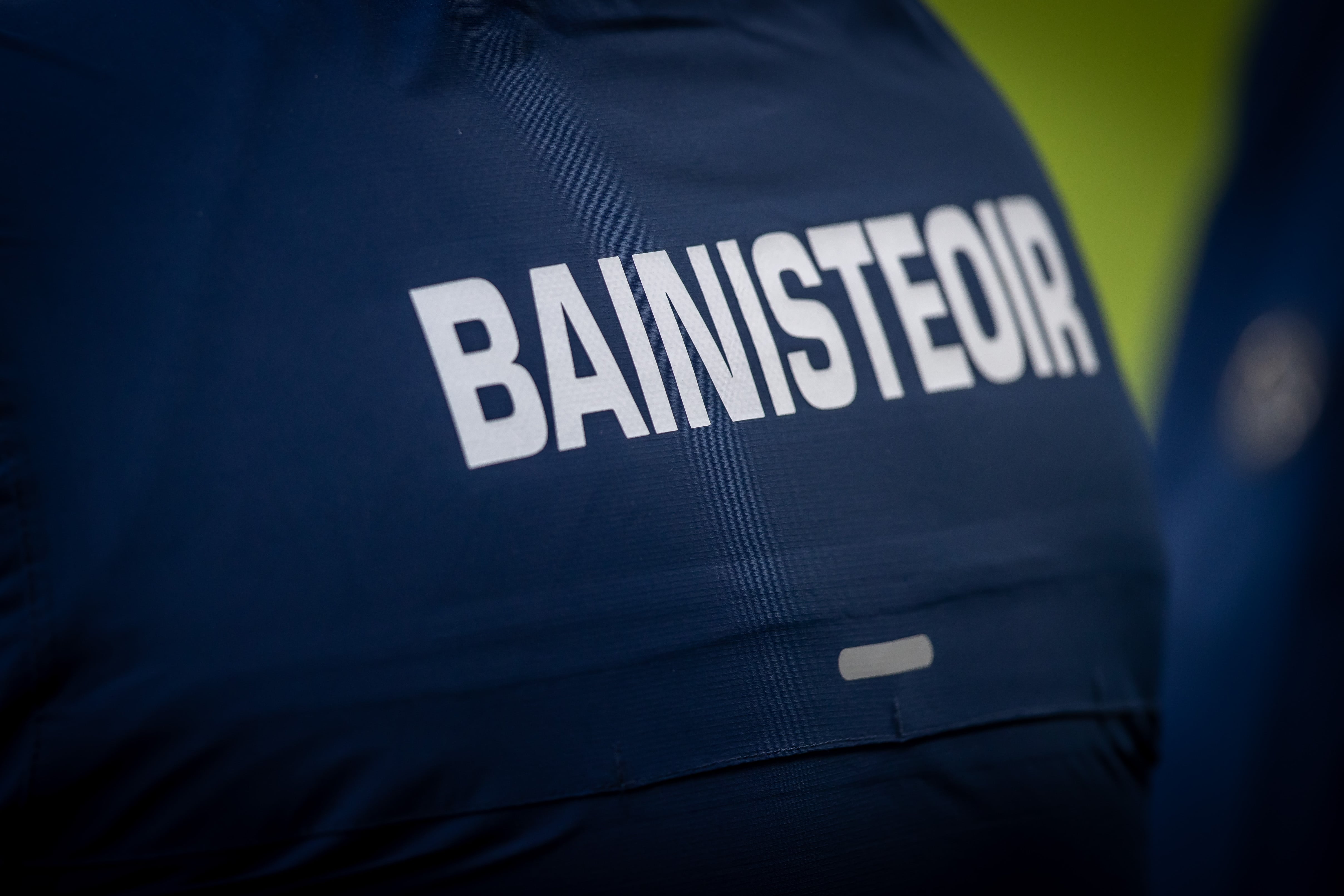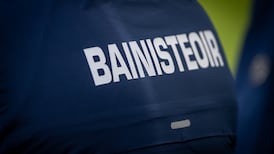It’s an indicator of how much change the GAA has been going through in the past decades that you have to go back to 1995 for the last year of the traditional season: a league meandering through six or seven out of eight months, followed by a purely knock-out championship.
In an interview with new Wicklow manager Oisín McConville last week, he fretted about the size of panel necessary to weather the likely injuries, even minor ones, during the course of seven matches in nine weeks in the contemporary league.
I started this job 28 years ago on Tuesday, so my first year coincided with that last old-style season. Everything ran its determined course. You could almost predict as soon as the official diary was published where you’d be on most Sundays in the 12 months ahead.
National league reportage would break for Fitzgibbon, Sigerson and important club matches – the identity of which brought, just about, the only frisson of uncertainty in the calendar year.
READ MORE
Strange as it is to imagine, the old league might start within a few weeks of the All-Ireland. Levels of enthusiasm were hard to detect amongst the defeated finalists and in 1994 Limerick, after the trauma of Offaly’s late, four-minute resurrection on the first Sunday in September, were without a win after the four league matches before Christmas.
The endless unspooling of fixtures in the new year was exaggerated by an insistence that all deadlocked matters of ranking or position had to be resolved by a relentless series of play-offs.
If the pandemic gave people a chance to review the knockout championship format at intercounty and effectively silence those few voices who still had a hankering after the past, we should be glad that no such opportunity to revisit the old league is likely ever to arise.
It’s not just American college football that can claim to have rites of autumn. Even before the current, experimental season with its high summer finale, there were events that popped up every autumn, perennial as the falling leaves.
When I used to reassure my wife that things would cool down as soon as the All-Irelands were over in late September, she would protest that on the contrary, the “manager stuff” would start. Generally, she was right. They came and went; got removed or walked out; were cajoled back or replaced.
And the most significant moves always appeared to be late at night when deadlines were deadlines and nothing further could be published for another 24 hours.
Of course, we’re only just finished with this year’s “manager stuff” given last week’s late appointments in both Donegal and Roscommon.
Coincidentally the two counties exited the championship on the same weekend nearly five months ago. To be strictly fair to the county executives and their special, headhunting committees the former managers didn’t vacate until the end of July, beginning of August.
Nonetheless, this rate of appointment would have previously meant counties eliminated in the final qualifier round, usually in mid-July, wouldn’t be producing replacements until after Christmas.
Pressure on managers is excruciating. The bull run of fixtures offers very little time to think let alone rehab injuries, as was of concern to Oisín McConville.
Tim Healy, who wrote a book a decade ago on managing teams in Gaelic games and has since completed a doctoral thesis on the changing role of managers in English soccer, believes that the nature of the intercounty is following soccer into “functional specialisation” and hence the growing emphasis on backroom teams.
All Stars have also been a rite of autumn for a long time. Originally, they had a more Christmassy atmosphere with the awards night in December until the revival of the tours meant that they had to come forward a few weeks. The new timing has created increasing pressures for the growing numbers with unfinished club business.
Last weekend, the Clifford brothers, both All Stars and one the Footballer of the Year, were also involved in the Kerry final with East Kerry, the first All-Ireland club winners in 1971 and the only divisional team to do so – as such sides were subsequently barred from competing outside their counties.
In Kerry the purpose was always to guarantee that every player, no matter his grade, would be able to win a senior championship medal. The problem is that some very strong sides have been relegated in recent years, most notably last month the 2021 Munster finalists Austin Stacks.
Another innovation that has arisen in the dark months is the official junior and intermediate club championships. The Cliffords will be helping their club Fossa to try to win the junior championship. Kerry clubs have traditionally dominated the intermediate and junior All-Irelands since they began in 2004.
During the 18 seasons since – Covid prevented a 19th in 2020 – Kerry have a third of the intermediate All-Irelands, six, and more than half the junior, 10.
In the senior club championships, one of the differences from 28 years ago is the nature of the competing teams. There is far more recidivism with teams qualifying for All-Ireland stages on a regular basis.
In the first half of the football championship’s history there were twice as many first-time winners as in the second half – maybe inevitably given the finite pool of potential winners but the proportions are much the same for new finalists and apply equally in hurling.
Have all of the large-scale changes in the past three decades improved things? For all of the contemporary difficulties facing the games, it would be hard to argue that reversion to the past would be a solution to any of them. The status quo ante is always an option but it has never been resorted to as an improvement.














